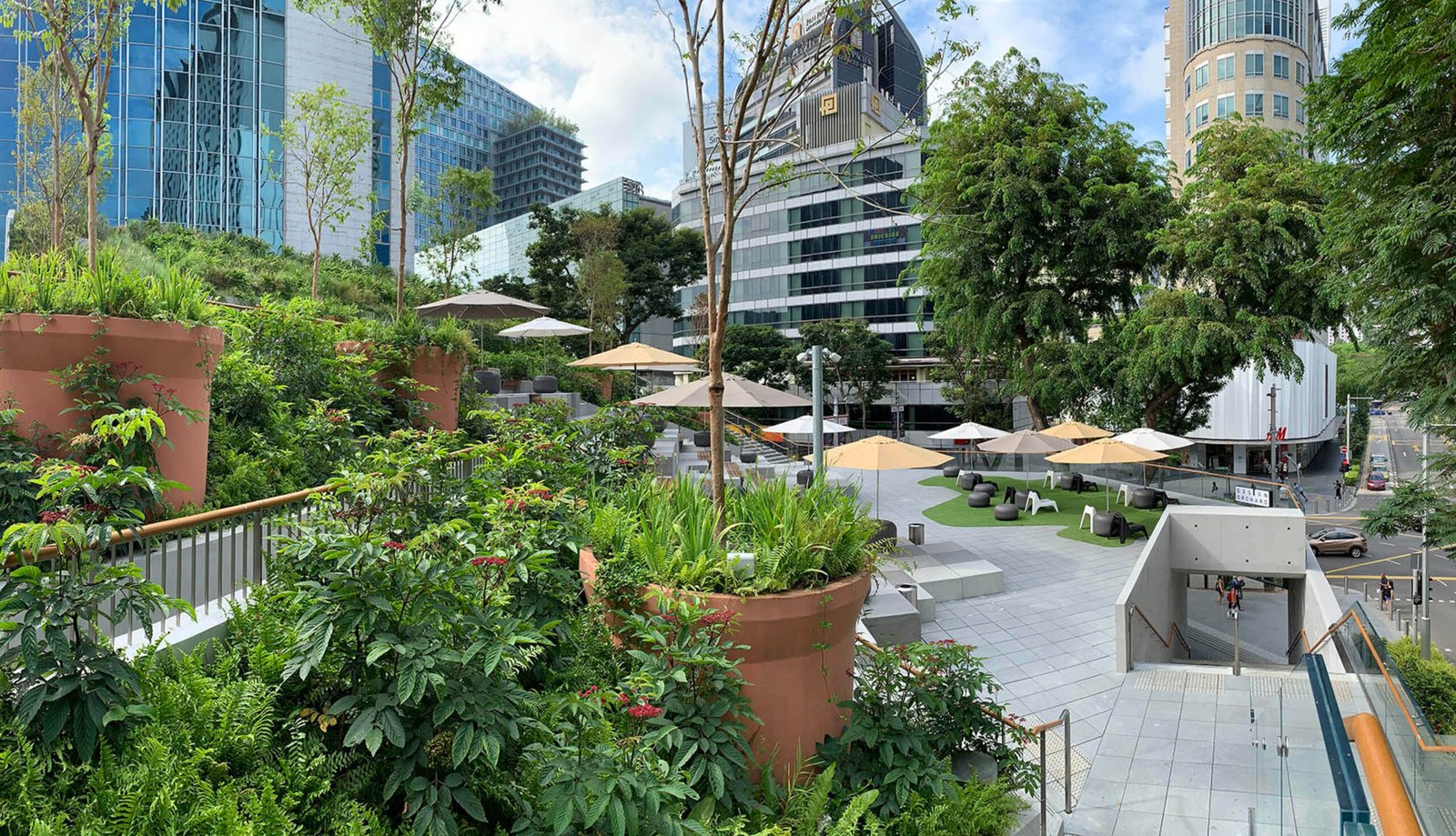Interview Patrick Kasingsing
Images Jonathan Choe
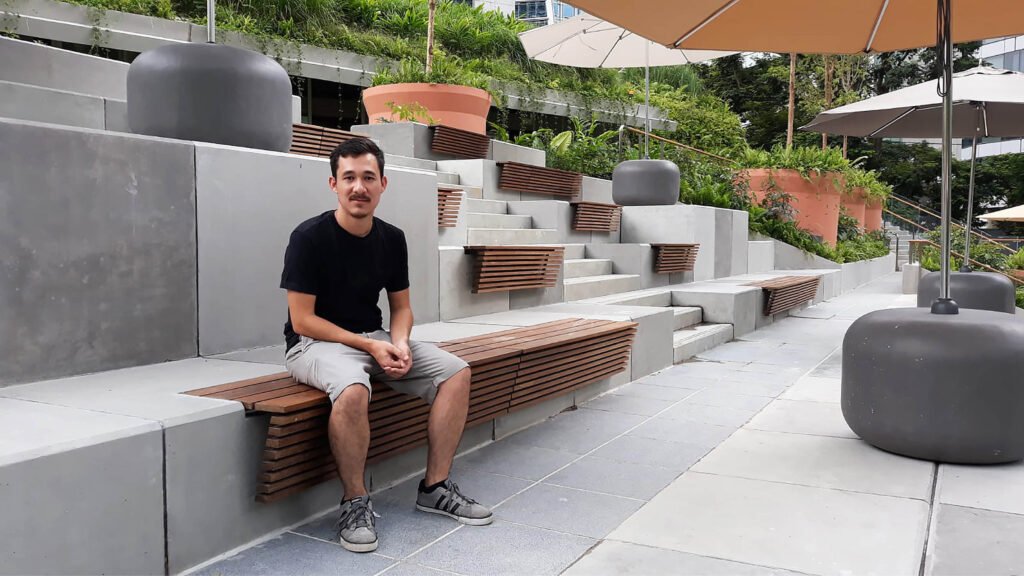

Hello, Jonathan! Any new additions to your garden lately?
I’m always adding new plants, and my latest obsession has been collecting Australian native plants which are very interesting and diverse! I recently purchased a terrace house in inner-city Melbourne and am planning to create a garden that covers 100% of the land area, sloping from the ground to the third-story roof. I’ve been getting plants ready for this and will share the design online soon!
You have made the big jump from being an associate in world-renowned Singapore practice WOHA to starting your studio. What precipitated the jump, especially brave since we are still in the throes of a pandemic?
Watching the worldwide health restrictions create a paradigm shift in the way we work and travel, I saw the current situation as an opportunity for change. The normalization of remote working relationships means that even a small business can access the entire world market via video chat, providing the opportunity to choose where to live based on lifestyle and work remotely across the globe. Moving to Melbourne provided the opportunity to enjoy one of the most livable cities in the world, build a relatively affordable house with a yard, and explore a new continent. I have set up my practice Archigardener digitally and am speaking to clients globally. Despite the turmoil, the economy is actually quite strong, so I’m optimistic!
What made you appreciative of your work and experience in WOHA? What realizations about your chosen career track have you arrived at working within the firm?
My time as an Associate at WOHA gave me the incredible opportunity to incubate my design skills with a group of talented and passionate people on an array of compelling projects. Working on projects of all scales and typologies, each one has a unique visionary concept beyond the scope of the site, making the work fulfilling and exciting. As I strike out on my own, I take with me WOHA’s academic rigor for concept development, utilizing a systems-thinking approach to create integrated designs greater than the sum of their parts.
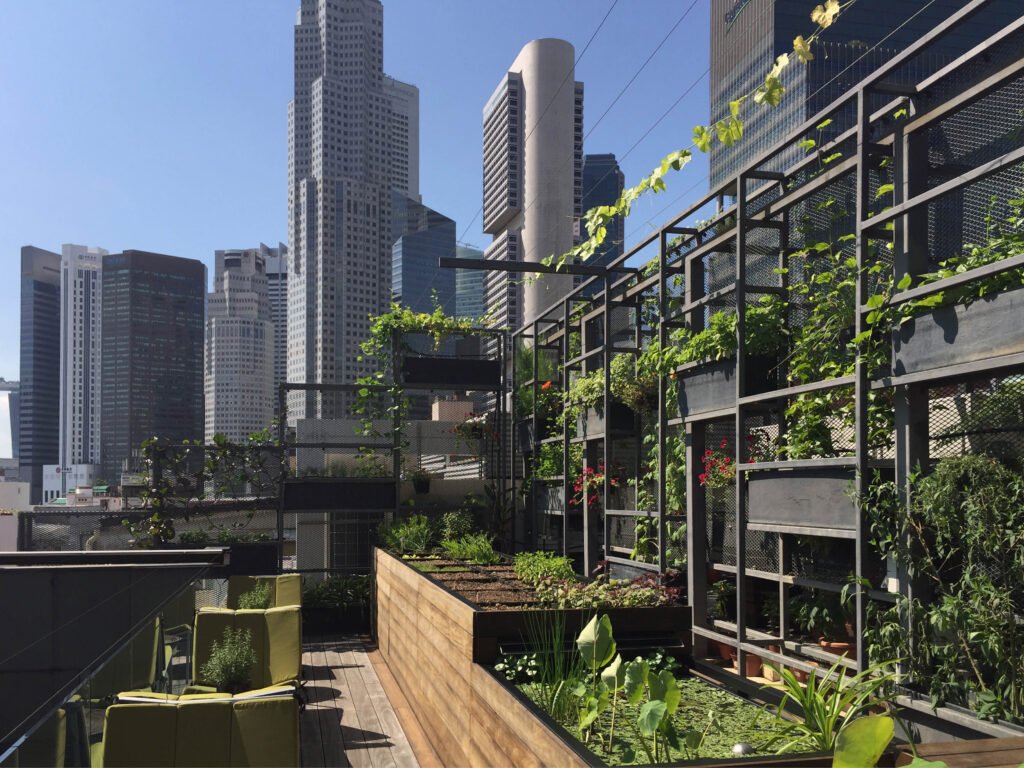

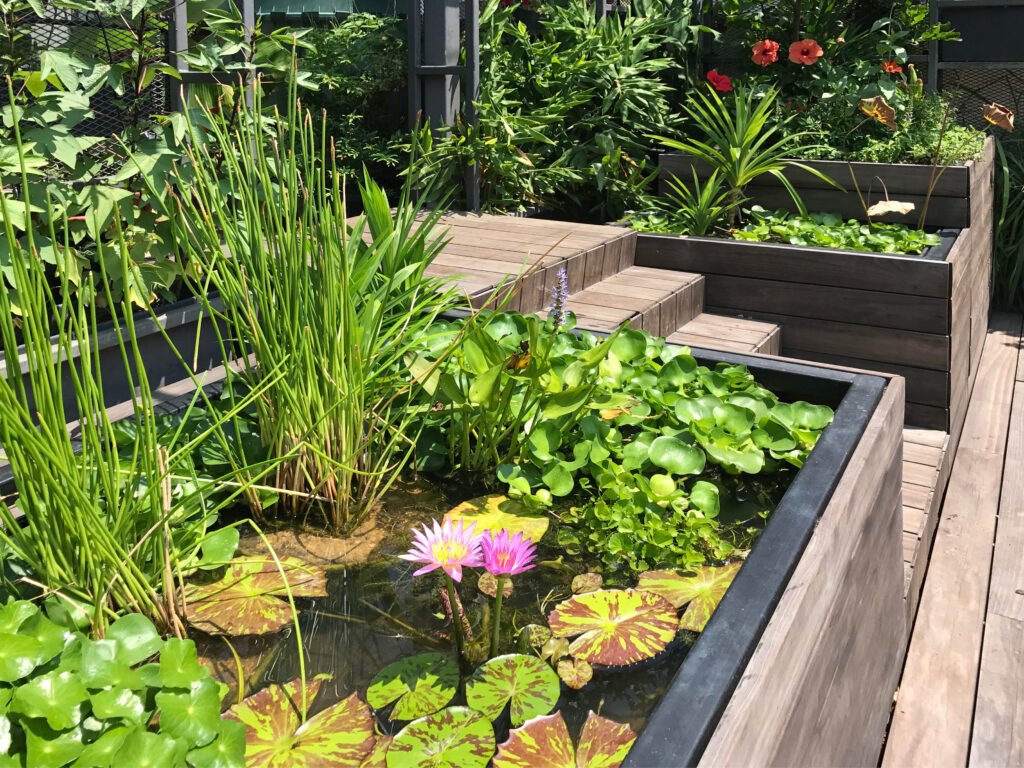

You have made it extant in how you brand yourself that your work emphasizes sustainability and green practices; however, how does one reconcile building but also fostering nature, two acts that at a glance seem to oppose each other?
Being in nature and being in the city are both wonderful experiences, and there’s no reason why the two should be mutually exclusive! WOHA’s buildings like Parkroyal Collection Pickering and Oasia Hotel Downtown show that we can actually create more green surfaces within buildings than on the original land area. In the future, our cities could be just as lush, biodiverse. and alive as the countryside! We just need to learn how to live a bit more in harmony with nature.
Still within this topic, would you agree that we are approaching a point where sustainable and eco-friendly design and systems should be standard practice for everyone in the design and construction industry with all the urgency surrounding climate change? What are the challenges that are making it difficult to make the leap for some practices?
Sustainable design should really be the status quo at this point, and the conversation has become much easier now that some strategies are becoming common practice or cost-competitive with conventional systems. While designers have a limited influence over economic considerations, we can help to put a priority on sustainable elements with high impact, come up with creative synergies for cost savings, and implement low-tech passive solutions.
What misconceptions about ‘green’ architecture would you like to debunk now that you are practicing it independently? Why is it more than just plopping trees and plants on buildings?
I think the biggest factor to the success of greenery within buildings is integrating them into the way that the building is used, such as sky lobbies and terraces that are convenient and enjoyable. When a sky garden is well used and loved, it will be well maintained! Meaningful connections between indoor and outdoor spaces can turn token trees into something that significantly enhances the lives of the inhabitants of the buildings.


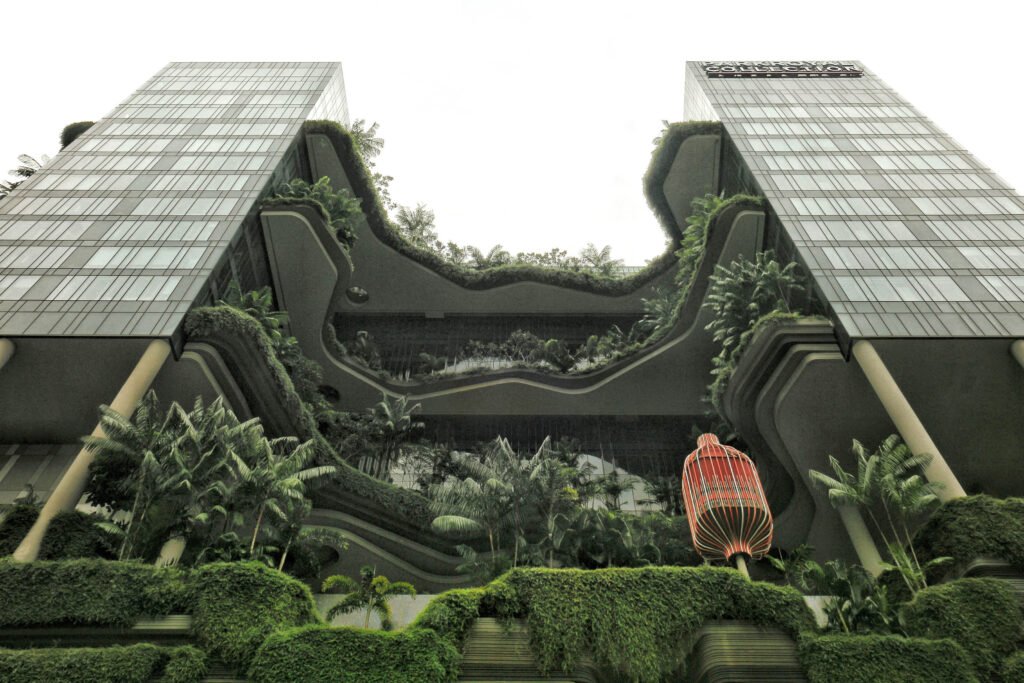

You have worked with all sorts of scales and typologies at WOHA; is there a typology or project that you’re raring to work on for Archigardener? Why do you want to do this project in particular?
Much of my experience lies in district-scale master-planning, so one of my dream projects is to design the green city of the future! I imagine a dense and lively place with more biodiversity than a forest. Culturally and climatically appropriate buildings connected by verdant pedestrian and cycling paths with trams, and vehicles hidden away. An urban design that collects rainwater, generates power, and functions as a self-sustaining system. These problems are really fun to solve!
I’m also excited to create green spaces and places of all scales and typologies, even outside the conventional bounds of architectural work. I am also enjoying experimenting with vertical greenery for temperate climates, and have been dreaming about creating a house within a greenhouse for the right client.
Architecture and interior design can be said to play an altogether more important role now in this new normal especially as people are cooped up or quarantined indoors. They can either laud or castigate themselves for the design decisions or brief they’ve given to their designers. The pandemic will pass but would you say that the way you approach how you design spaces will irrevocably change after this pandemic? What will be your primary concerns and priorities now design-wise?
For me, the current situation has only reinforced the necessity of key sustainable design practices. Good sustainable design fundamentals such as the importance of daylight, natural ventilation, access to outdoor spaces, non-enclosed public spaces, and others have only proven their worth during the pandemic! It would have been difficult for me to survive lockdown trapped in an apartment without access to balconies and roof terraces. We don’t need to put up ugly acrylic shields in sustainably designed spaces.
What are your thoughts on architecture striving for beauty? Is this something all architecture should aim to achieve? What for Archigardener is beautiful architecture?
Beauty for me is when the architecture acts as a framework for activities and lush overflowing plants!



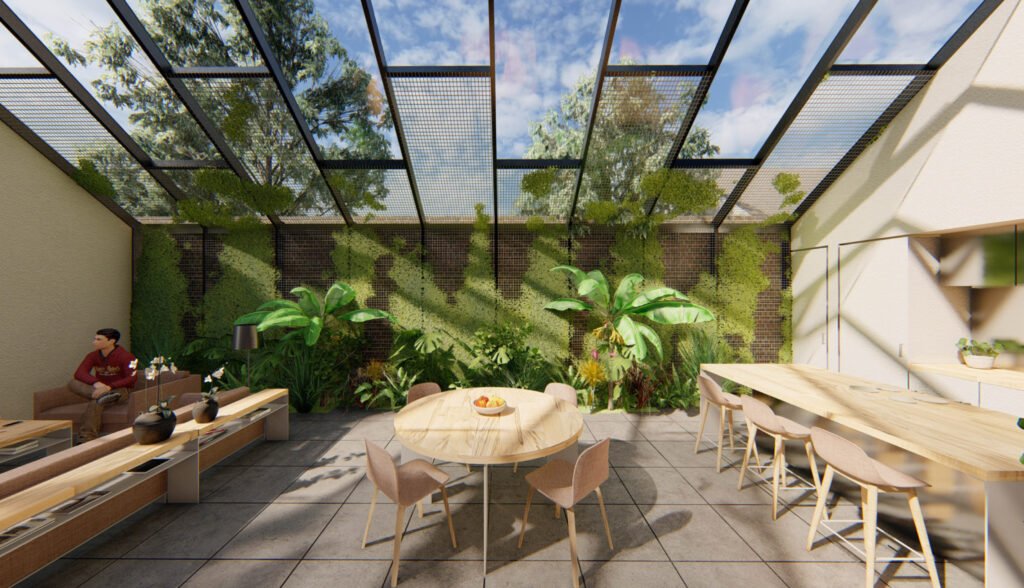
You also run a very popular architecture and design blog where you highlight buildings and spaces that you admire or find beautiful; why is it important to share what one values as exemplary design to the greater public? Why should architects and designers be braver in putting their work out there, be it in media or competitions?
I have been sharing my experiences in design online since I was in university. My website and social media presence has created a unique platform for me to learn, make connections, and contribute towards the overall architectural discourse. I think it’s a major asset for every designer to have a digital presence, partially in terms of conventional media coverage for brand awareness, but also in creative ways, like an interior designer selling hourly feng shui consultations on Tiktok. One avenue for my company Archigardener is digital media consulting, where we will create a custom digital media strategy for design and architecture companies in order to kick start their online presence. Anyone interested in finding out more can contact us at Archigardener.com.
What keeps you inspired? Any hobbies that keep you preoccupied after office hours?
I don’t like to sit still too much and am usually doing something with my hands: spending time in the garden, building furniture, and doing my own renovation and improvement work. Right now, I am restoring a 150-year-old brick arch.
Let’s close off this interview with a fun query: as someone with a green thumb (judging from the lush garden spaces you have in your home, and running WOHA’s rooftop urban farm) what’s one plant species that has proven itself immune to your plant-rearing powers?
I do not have a lot of success with succulents and usually buy them hoping that they take several years to die 😛 •
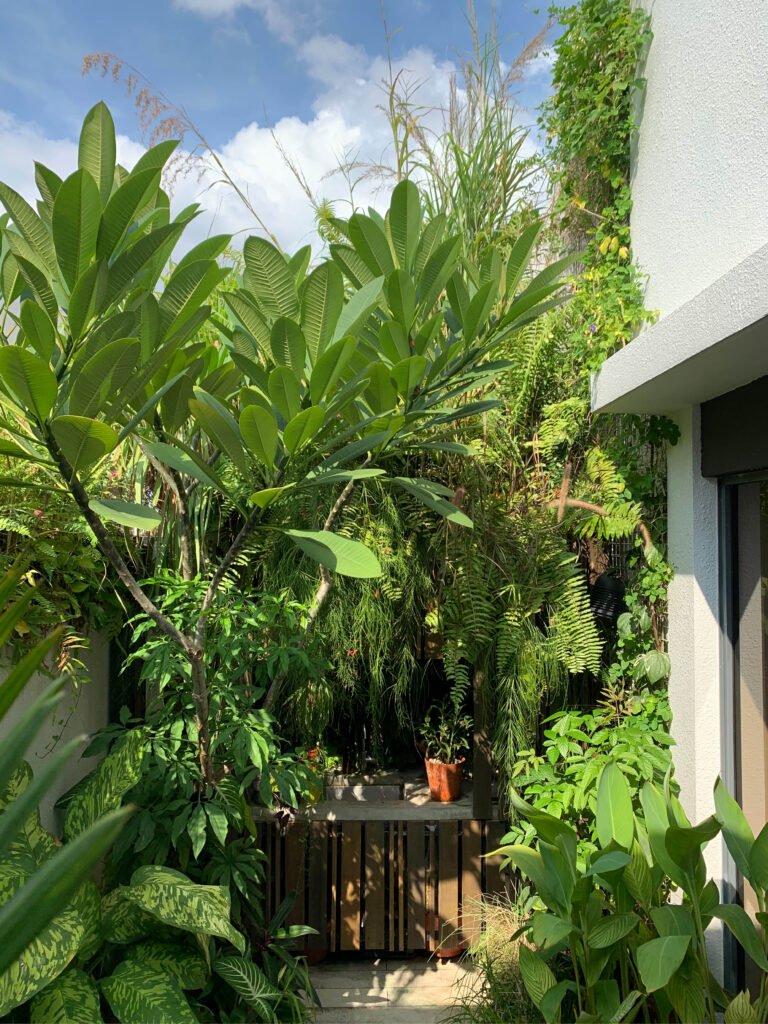

Architecture with nature at heart at archigardener.com
